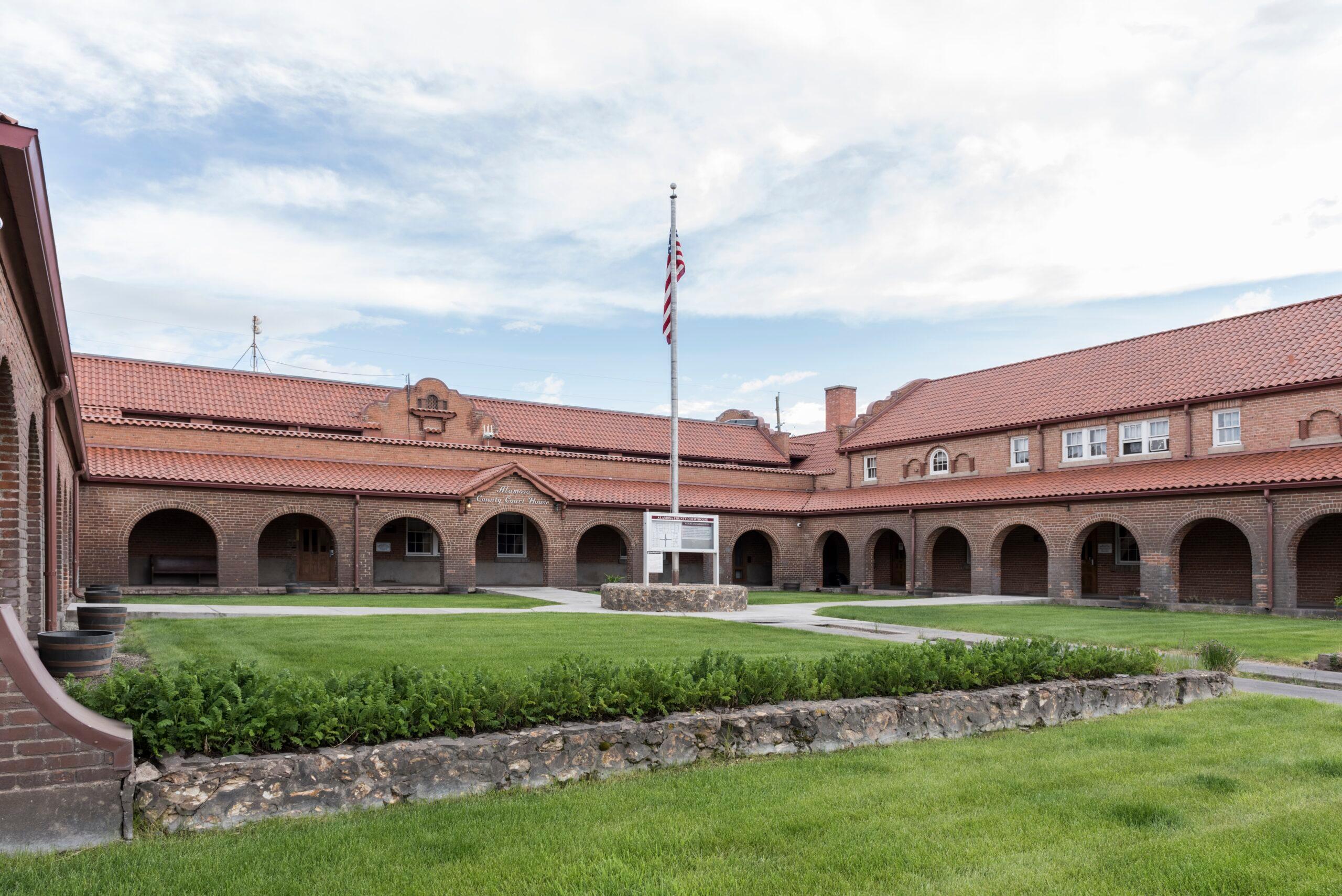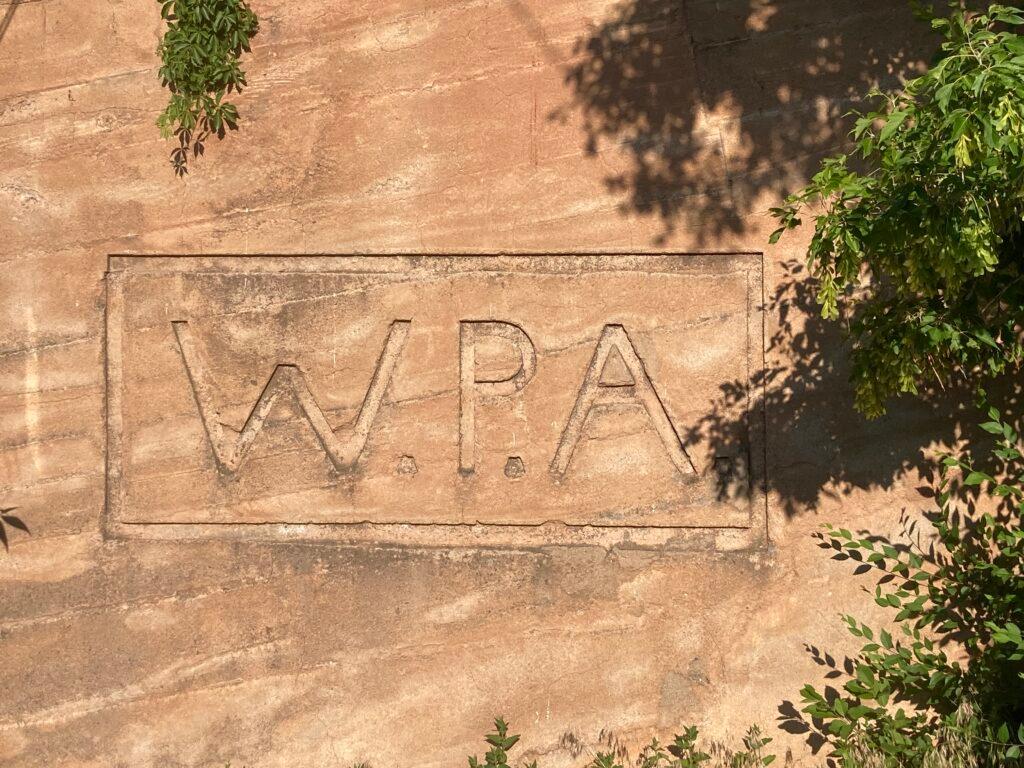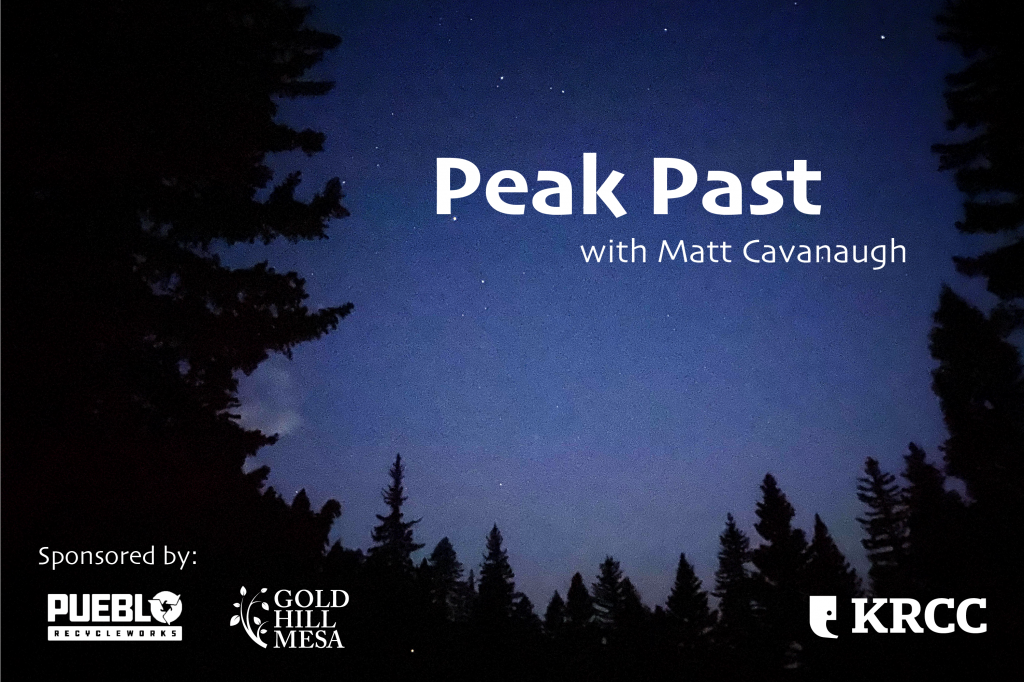
The following is part of KRCC's 'Peak Past' essay series.
The next time you find yourself on a bridge or a path, I’d like to encourage you to look down and appreciate the people who built or blazed it.
Nearly 90 years ago, the American economy almost died. The great stock market crash of October 1929 destroyed one-third of the economy and killed jobs and livelihoods along with it. By 1933, depending on how you count, one-quarter to one-third of all Americans were out of work.
President Franklin Roosevelt’s New Deal stepped in with massive programs to upgrade America’s infrastructure. I recently dug up an old history book that listed the gains here in Colorado from 1935 to 1942. One program alone, the Works Progress Administration, employed 43,000 Coloradoans at its peak in 1936 and spent a total of $111 million in Colorado (over $2 billion in today’s money). Here’s a partial list of what they built for us:
- 10,000 miles of roads
- 3,300 bridges
- 449 schools, including an elementary school addition in Fairplay
- 18,000 culverts to allow water to flow under roads and rails, including a major culvert in little San Luis, Colorado
- 2,712 public buildings, including post offices in Salida and Walsenburg, and the county courthouse in Alamosa.

If you’ve ever been to a concert at Red Rocks Amphitheater in Morrison, or maybe you’ve been to Colorado University at Boulder’s library or natural history museum, you’ve experienced the WPA’s wonders.
To me, the smaller stuff is equally impressive, like the retaining wall around the corner from where I live in Manitou Springs. The concrete block is stamped “W.P.A.,” and it’s the foundation that holds up our neighbors’ homes.
It shows us exactly what was built for us nearly nine decades ago—a solid foundation.
Until our next mountainside chat—be good, be well, and no matter what, climb on.

Peak Past (formerly Peak Perspectives) is a weekly segment written and voiced by Matt Cavanaugh, a lieutenant colonel in the U.S. Army and a resident of Manitou Springs where he lives with his wife and two young children. Through his writing, Cavanuagh explores life in the Pikes Peak region, including the gradients and subtleties of our lives in the shadow of America's Mountain.
You can find more work by Cavanaugh here.
KRCC's Abigail Beckman manages the "Peak Past" series. The opinions expressed in this publication are those of the authors. They do not purport to reflect the opinions or views of KRCC or Colorado Public Radio.
Peak Past is sponsored by Pueblo Recycle Works and Gold Hill Mesa.
* Editor's note: This post has been updated to reflect that Red Rocks Amphitheater is actually in Morrison, Colo.









